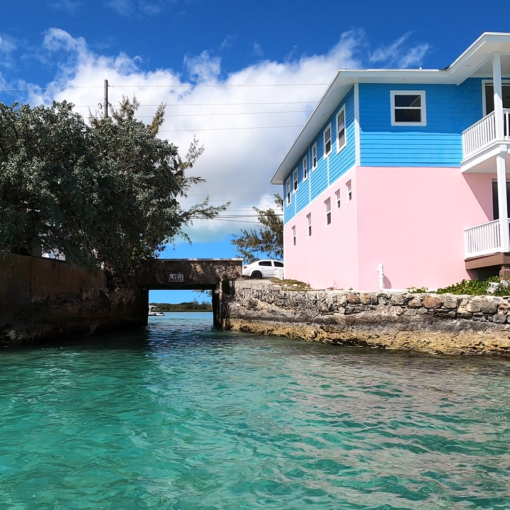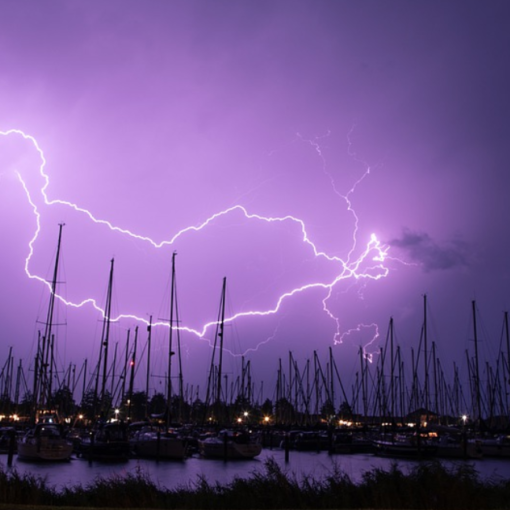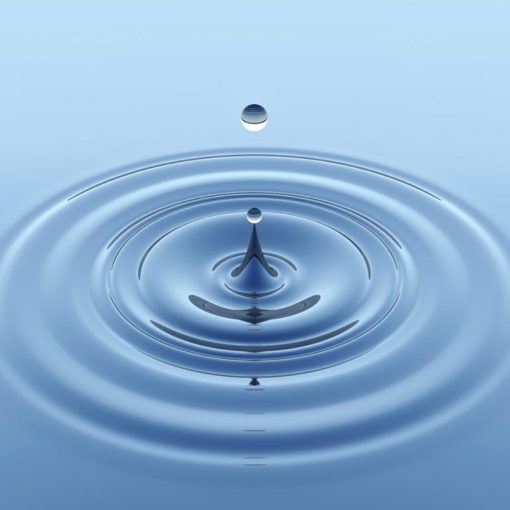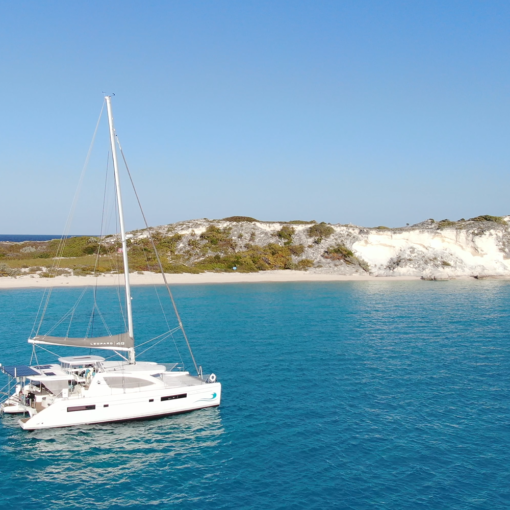
Heading Out
Two years after buying our Nest, it was finally time to head out. So much work to upgrade and prepare the boat. Such much work to provision and find places to put it all. We’re off!
And then we weren’t. First thing that morning the Starboard bilge pump wouldn’t turn off and was getting hot. Seriously? After trying to figure out what was happening, I cut the wire to the switch. Now what? We can’t head out without a working bilge pump, we no longer had a car, and we were way too far from a marine supply store to ride our bikes. Just Catamarans was on our route and near several marine stores, so we headed there. They saved us. This would become a theme.
We had lost our travel window, so we anchored for the night around the corner at Lake Sylvia. Crazy small and crowded anchorage.

Heading Out (Again)
The next day we headed out, but now in a bigger hurry because our insurance required us to be out of Florida before July 5th. We got an early start, exited Port Everglades, and pointed north. Little wind and little waves. This was going to be a long day or motoring. We made it to the Lake Worth anchorage in Palm Beach well before sunset. Just in time for a series of squalls that kept us rocking.
Another early start, back out to no wind and no waves. It was so nice that we stopped the boat about 7 miles offshore and jumped in. The water envelopes you out there. Nothing but blue.
By late afternoon, the sky in front of us began to change. As in ominous, dark and foreboding. A shelf cloud squall line. Fortunately we had never raised sails on this trip, so that wasn’t an issue. It appeared to be heading southeast, so I veered northeast further out to sea hoping to skirt around its edge. At first it appeared to be working. Until it wasn’t. We were surrounded, the wind was howling, and visibility was gone. From near zero to 40 knots in less than a minute. Looking directly down from the helm I could see enough ocean to tell the water was choppy, but waves weren’t going to be an issue. We were now over 12 miles offshore and my route had us almost beam to the wind. Time to adapt. I turned west towards shore and, using the radar, aimed for an exit to the southwest. I knew the boat could take it, but Brenda didn’t and this was not a good introduction to cruising. However, this dark cloud had a silver lining. Brenda now scoffs at 20 or 30 knots as nothing!
Our compressed schedule meant we had to keep going through the night. It was a beautiful night and a perfect introduction for Brenda to experience night sailing (well, night motoring).
Ponce Inlet
By late morning, our diesel was getting low and we needed to rest a few hours, so we pulled into Ponce Inlet just south of Daytona Beach. We headed up the Halifax River, which was a lesson in visual navigating. The charts would have put us right in the middle of a giant sandbar. We fueled up at Sea Love Marina and then anchored a little upstream snuggled beside a sandbar. The river had wild current!
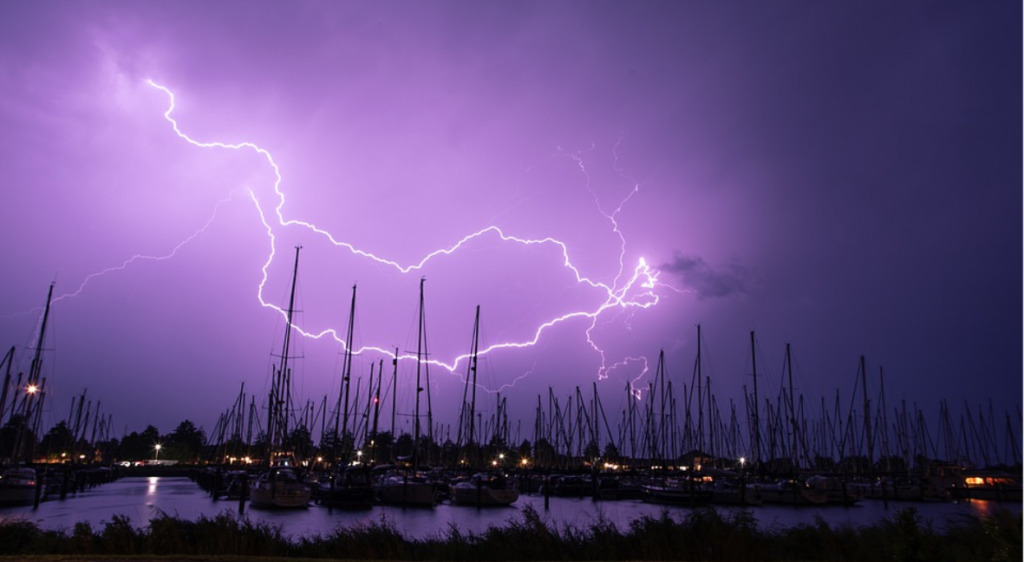
Rain! A squall had arrived. A squall just like the nasty one from yesterday. We sat back and watched out the back window. Wow. Roughly 20 minutes later it was starting to clear, when CRACK! Bright light surrounded us and an instant loud crack. Then silence. Total silence. The boat went dark, the TV went off, and most eerily the fans stopped turning. Time froze. A few seconds later the lights and fans returned. We had been hit.
Before we could get oriented, we heard a pump going. Oh no! A bilge pump! We are sinking! Running down to Starboard and throwing open floor boards, we took a breath and realized it was the shower sump pump. The lightning must have fried the sensor. Fortunately, this can be turned off at the breaker panel.
Then I noticed only the DC power from the batteries was working. All of the AC, like the plugs and air conditioning, was out. Yikes. Just Catamarans to the rescue! I texted Raf and he said to remove the jack from the back of the Victron color controller. Apparently when the color controller goes out, it can bring down the entire Victron system. It worked!
Time to inspect. Power monitoring displays dead. Chart plotter, VHF, AIS, auto pilot, radar all dead. Numerous lights dead. Engines dead. What? I didn’t understand at the time that today’s engines are computer controlled. In our case, Yanmar’s Common Rail technology. They won’t function if those electronics fail. This is a serious problem.
We’re up a river (literally), in high shifting current, with no engines. And apparently severe squalls every afternoon. I broke out our oversized Fortress storm anchor and set it up on the bow. If we started dragging, it was going overboard.

Squalls walloped us every afternoon for several days, gusting over 40 knots. This wasn’t safe. We needed to get to a marina. I called TowBoatUS, who sent out two boats due to our size and the pervasive sandbars. Unfortunately, it took two hours for the boats to arrive and squall time was approaching. We just made it to Sea Love Marina dock when the squall arrived. Over 30 knots. The tow boats were getting pulled hard and losing control. No time to adjust our position. The guys at Sea Love muscled us onto the cleats and the tow boats ran for cover.
Our insurance surveyor arrived at Sea Love a few days later and documented all the damage. He strongly recommended that we get a rigging survey before going anywhere. Fortunately, we found a credentialed rigging surveyor nearby and up she went. It wasn’t good. Cracks. We couldn’t raise the sails.
No engines and no sails. Now what? Just Catamarans to the rescue. Yes, this is a theme and they are great. Their Yanmar expert, Chad, drove up with a huge box of parts and restored our engines. I was amazed how much needed to be replaced. Riding with him was Otto, a highly experienced Leopard delivery captain, who helped us return to Dania Beach for repairs. If the engines died out there, I wanted someone like Otto on board!
Instead of New England for hurricane season, we would be boat yard residents for hurricane season. But that’s another story…
